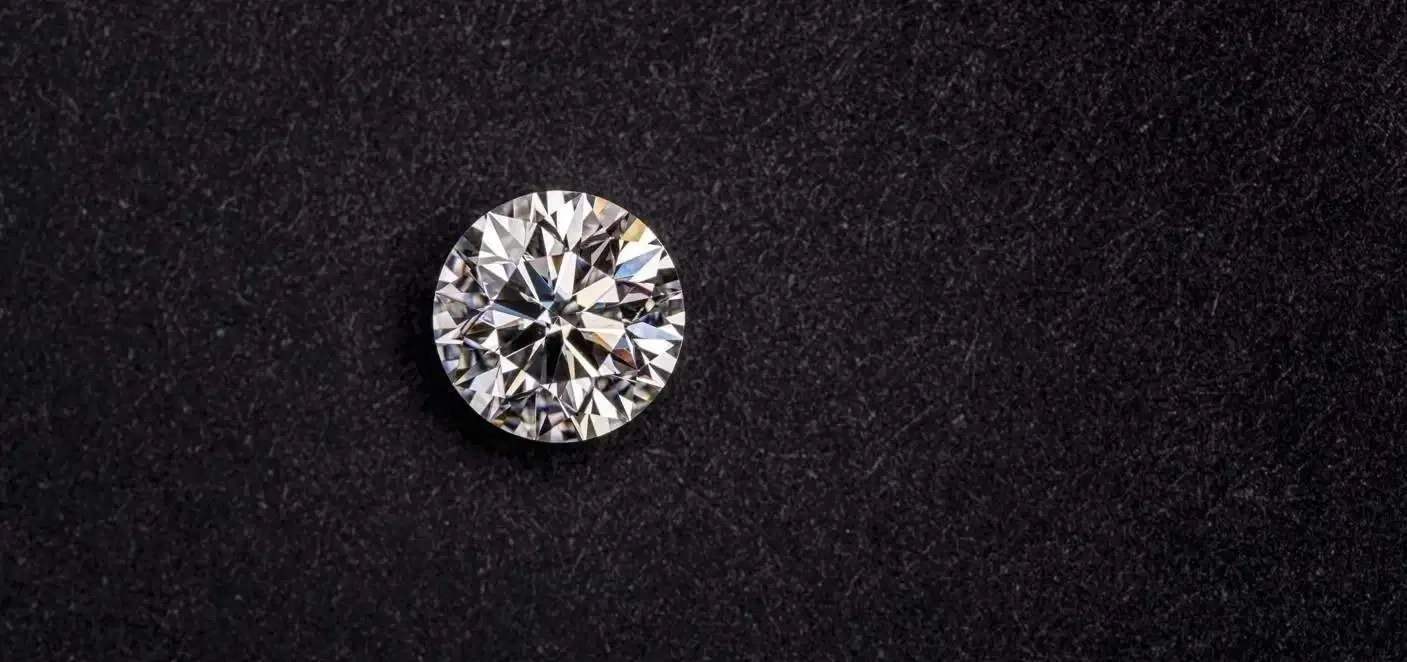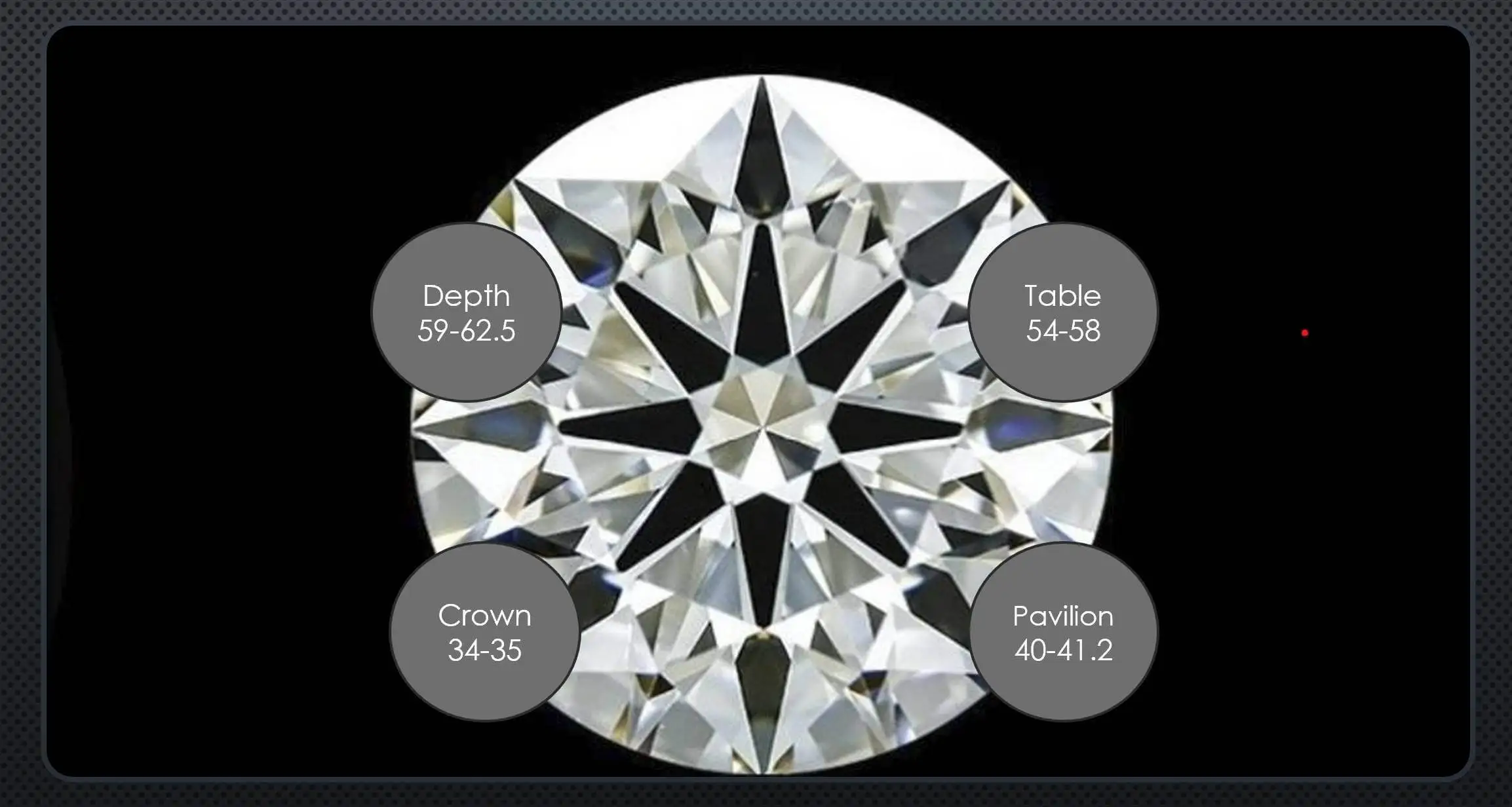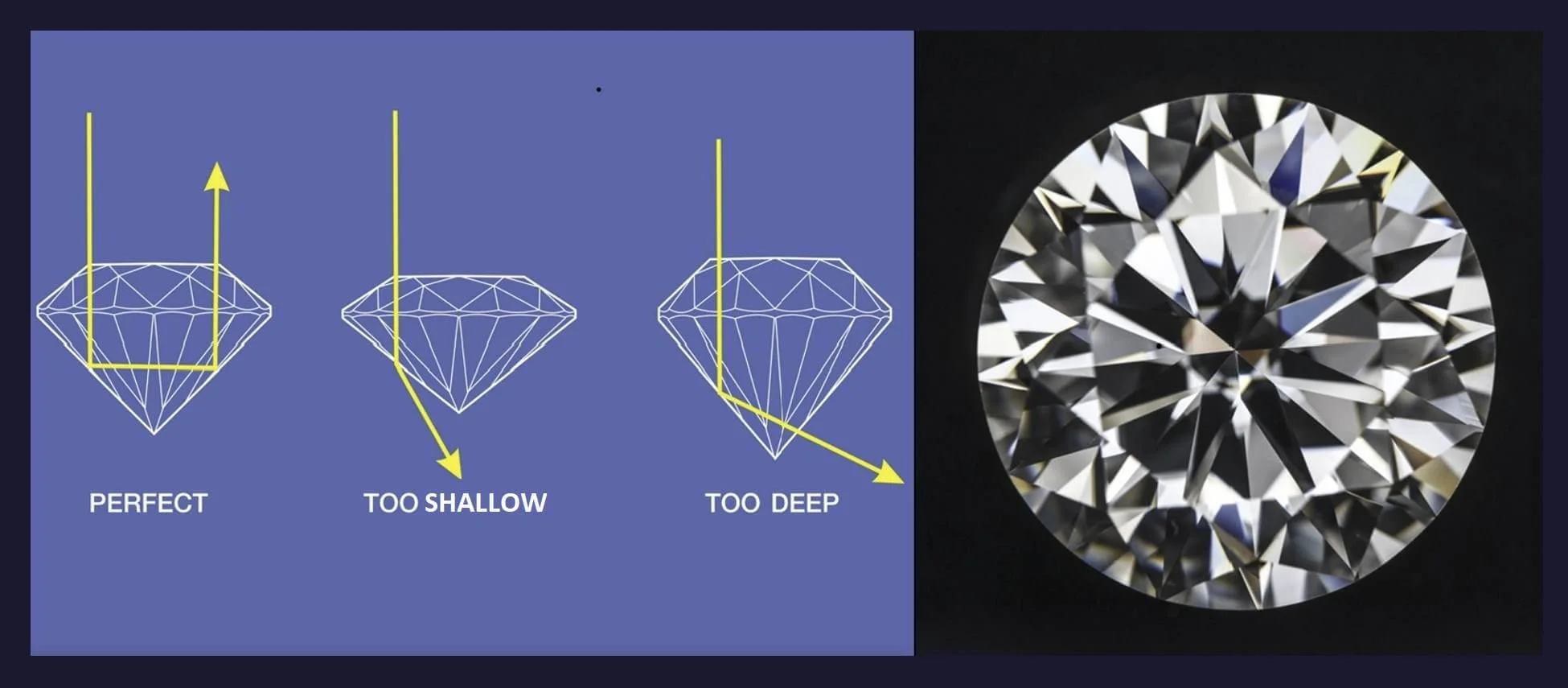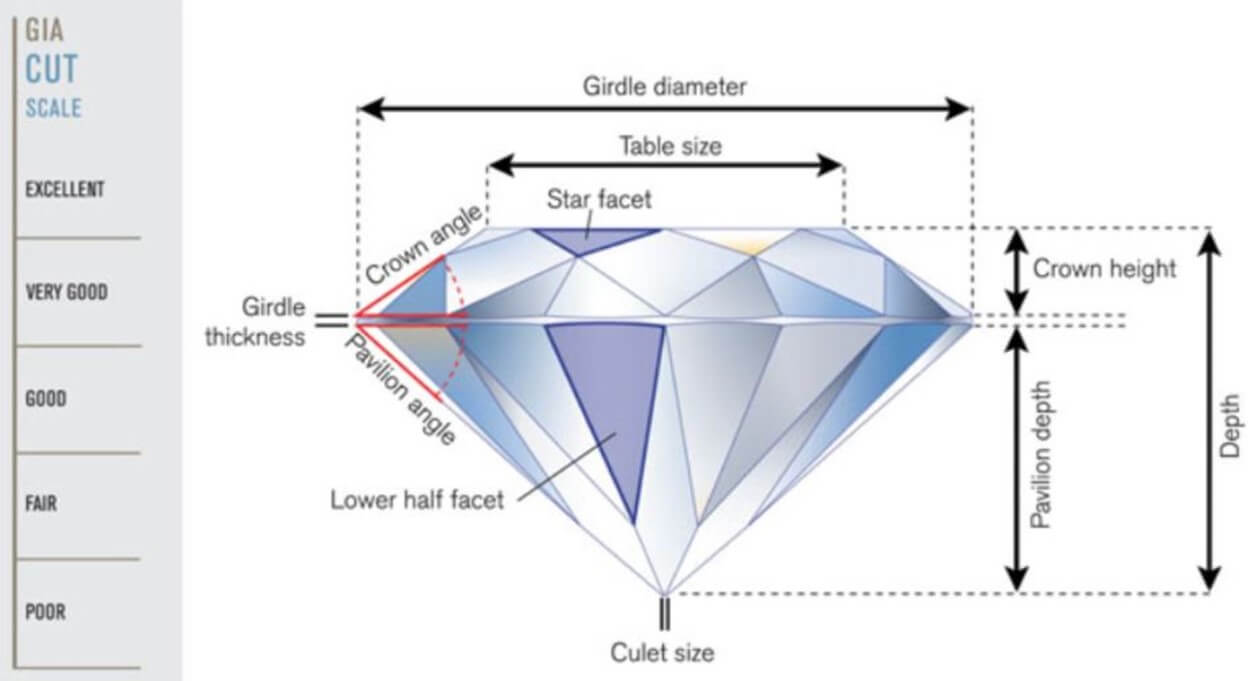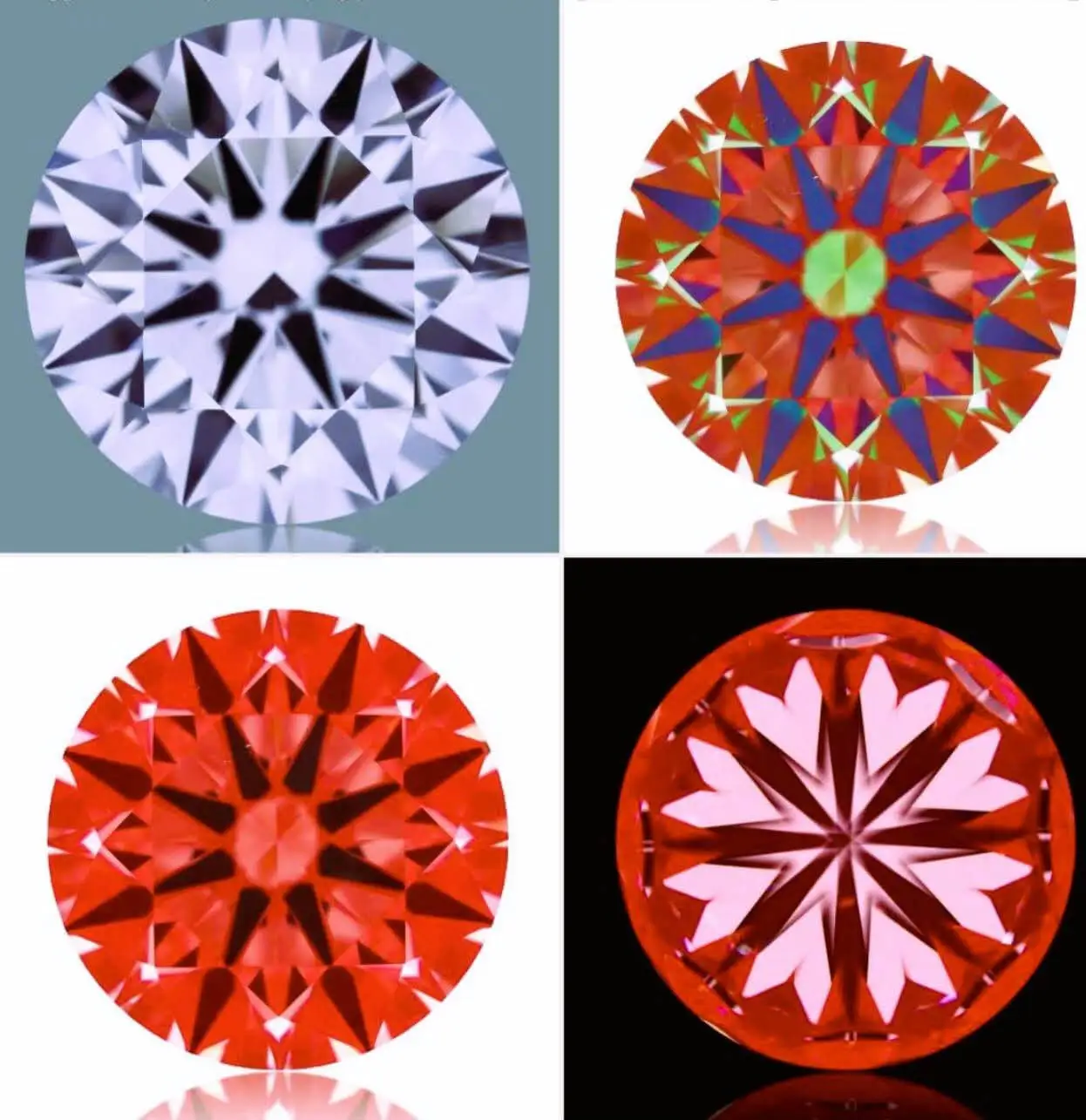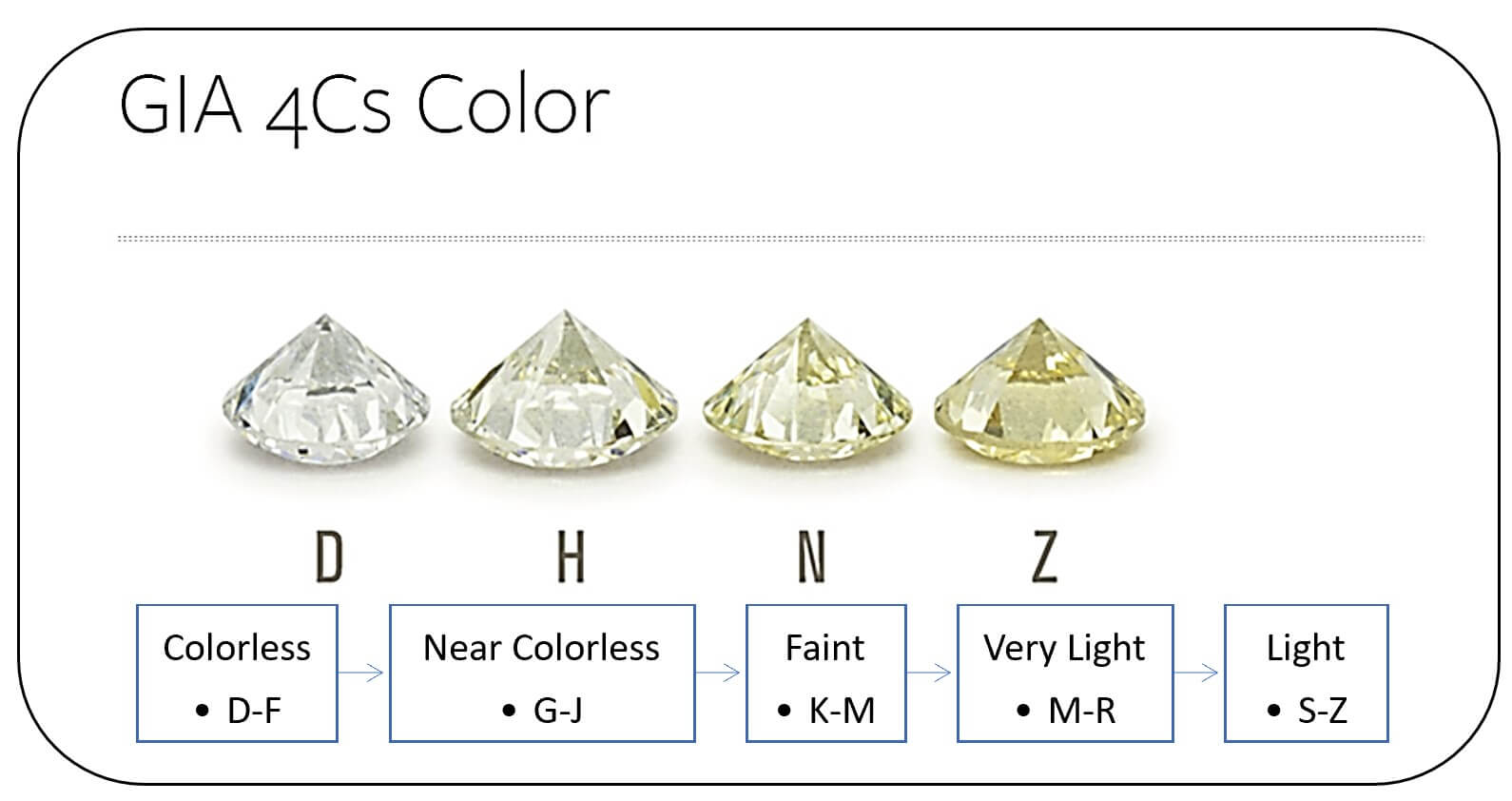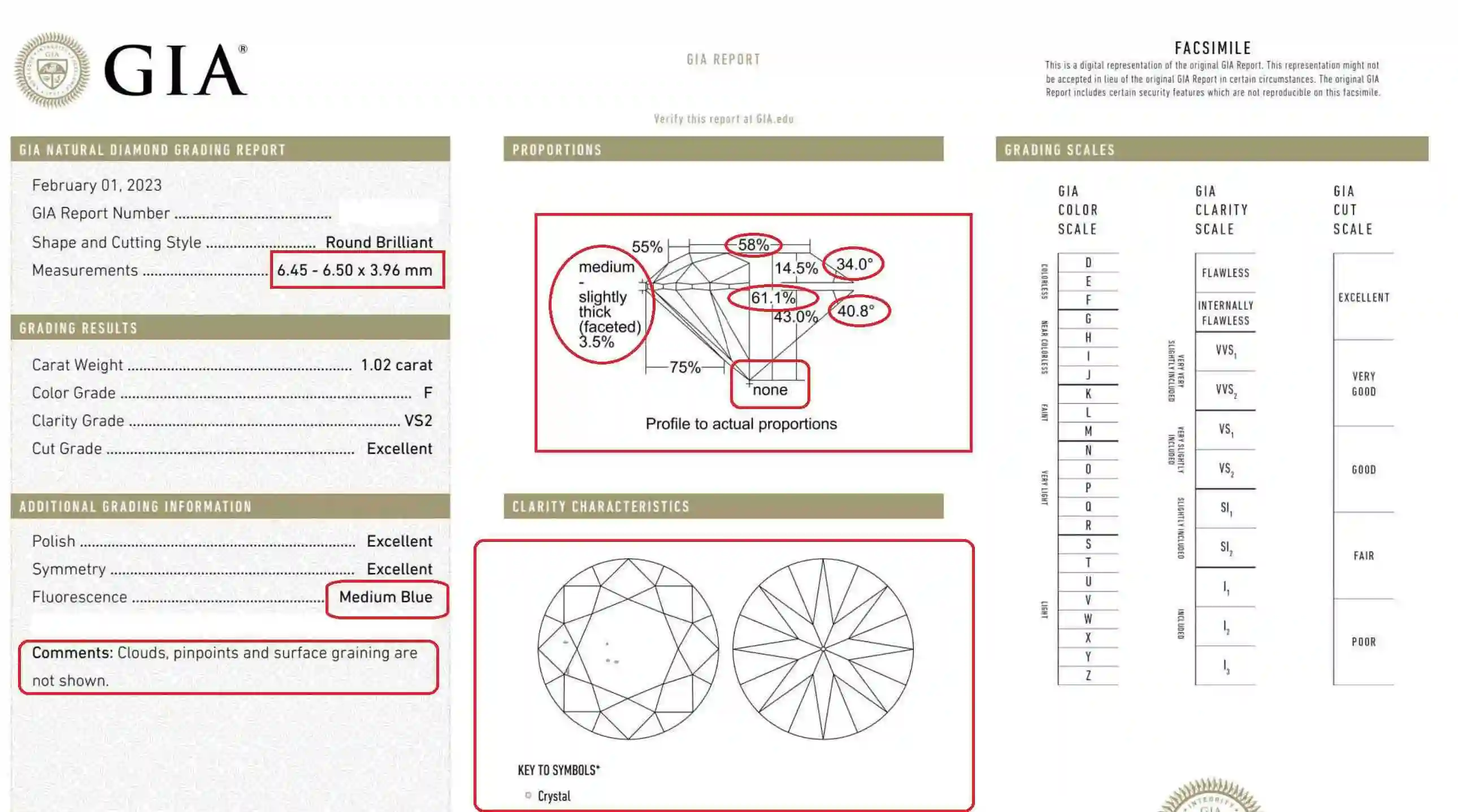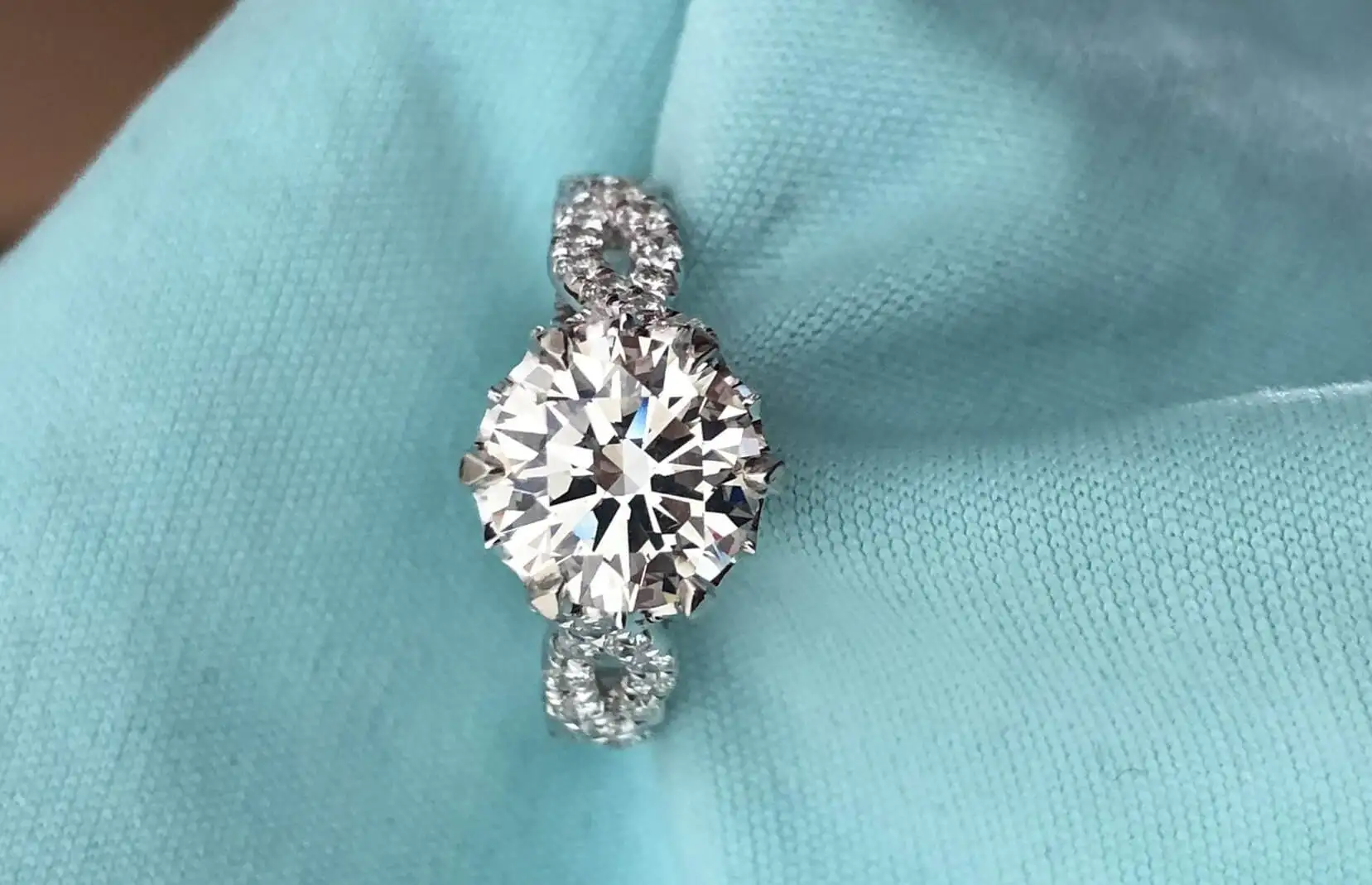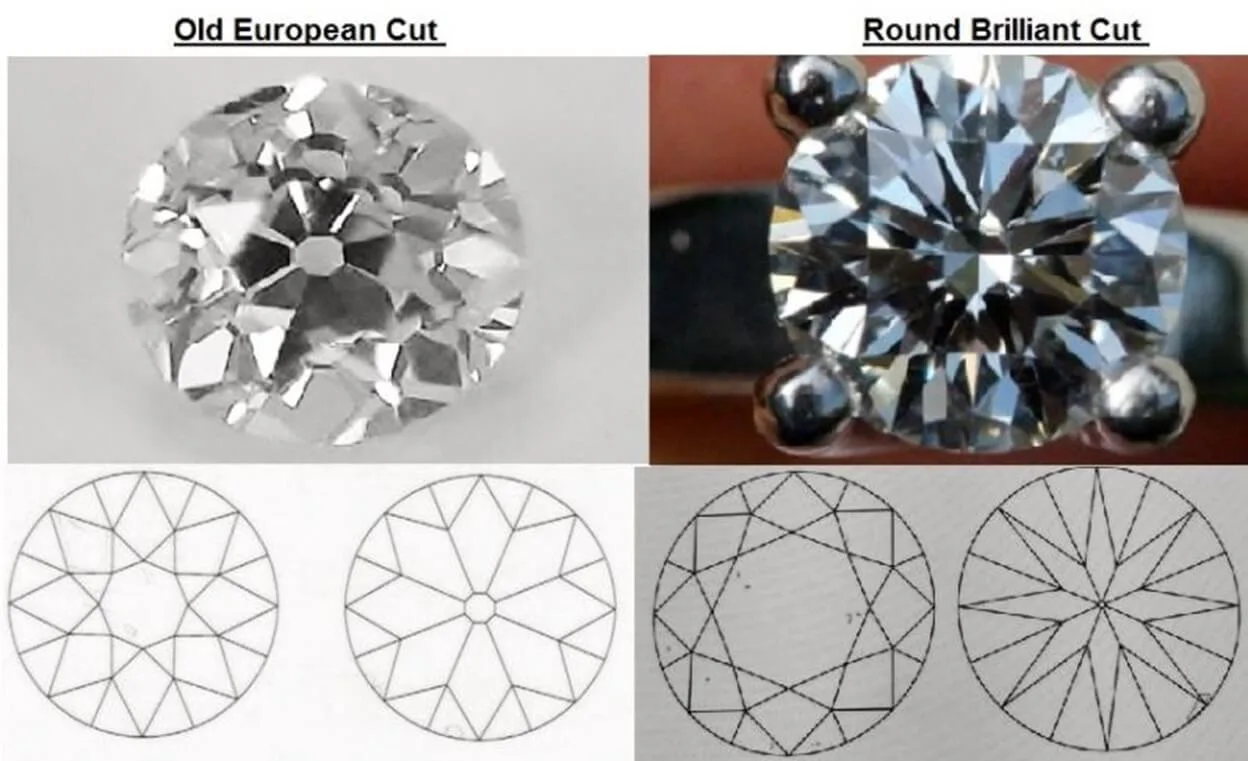|
Popularity |
Round cut diamond is the most popular diamond shape. On account of its brilliance, it is often recognized as a symbol of the diamond trade itself. |
|
Cut |
For round brilliant cut diamonds, a total depth of 59-62.5% and a total table of 53%—58.5% are commendable. The crown angle should be between 33.8 and 35.2, and the pavilion angle should be between 39.5 and 41.2. Please see the chart below for detailed information and analysis. |
|
Fluorescence |
Often a negative factor, it can be helpful in H or lower color grade diamonds. See more below. |
|
Certification |
GIA and AGS are the best grading labs. Buy a diamond that is graded by one of these two labs. Carefully review the section below on how to read a grading report. |
|
Color |
While D to F are top color grades, we also recommend G color. Additionally, H and I are fantastic budget color options to consider. |
|
Clarity |
Preferably, flawless to VSS/VS1 clarity ranges are great, but VS2 is also safe. SI1/SI2 are good budget options. When considering SI2 clarity diamonds, carefully review the clarity characteristics and location of inclusions to determine if the stone is eye-clean. |
Settings |
Round settings are available in many styles, from classics to halos, vintage to infinity, and swirl designs. Here is a list of our top round cut diamond engagement rings. |
